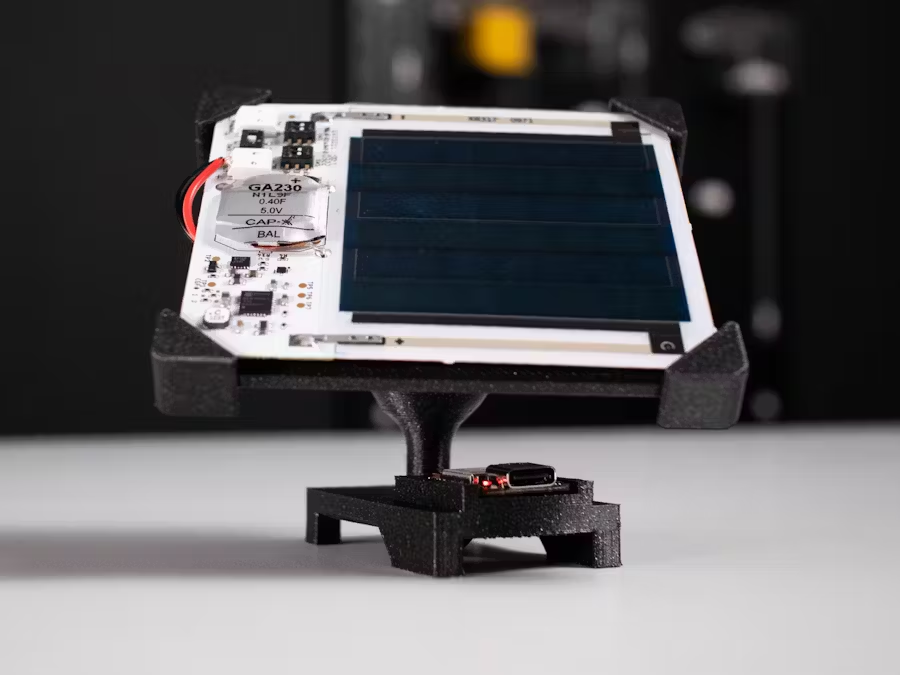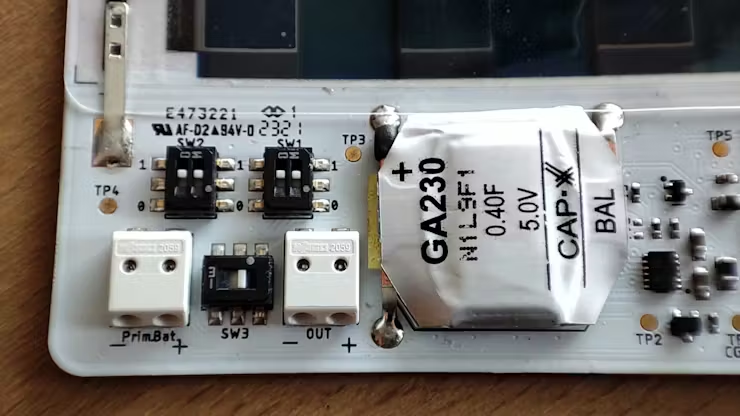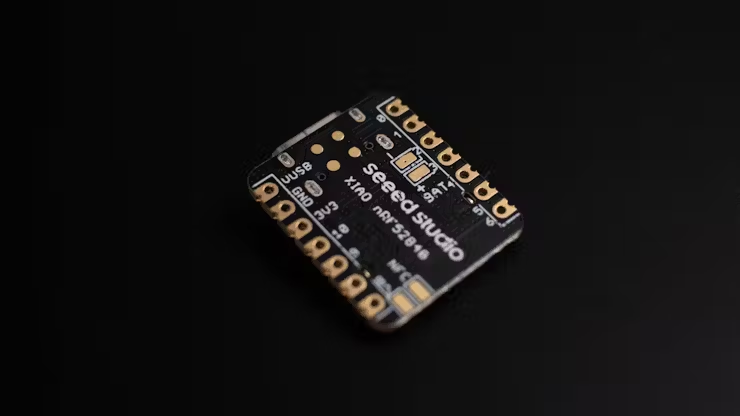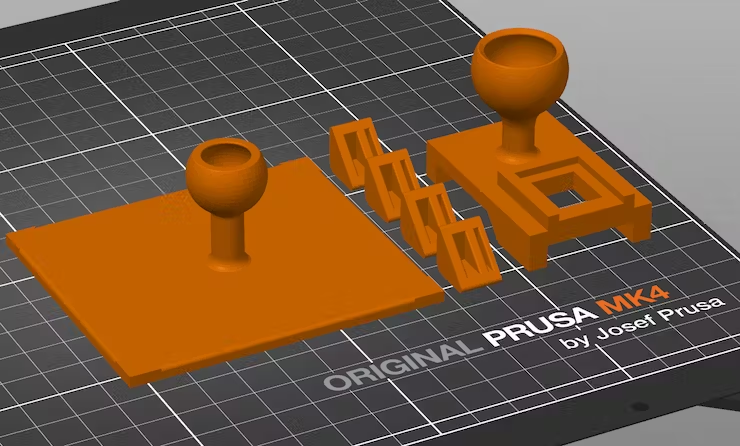XIAO nRF52840 Sense-Powered Self-Sustaining IoT: Harnessing Indoor Solar Cells and EdgeML
Traditional battery-powered IoT devices are often unreliable and costly due to frequent recharging or replacement. Indoor solar cells offer a sustainable alternative by harnessing indoor light for perpetual energy, eliminating the need for constant battery changes. In this project, discover how to use a Seeed Studio XIAO nRF52840 Sense to run a machine learning algorithm trained with Edge Impulse, sending inference values via BLE to a gateway.
Seeed Hardware: Seeed Studio XIAO nRF52840 Sense
Software: Arduino, Edge Impulse
Industry: Smart Buildings, Smart Agriculture, Home Automation, Wildlife Conservation
The Background
The advent of the Internet of Things (IoT) has transformed our interaction with technology, albeit at a price – increased power consumption. Conventional battery-operated IoT devices often demand frequent recharging or replacement, leading to unreliability and long-term expenses. Fortunately, an alternative solution exists: indoor solar cells.
By harnessing indoor light sources, these devices can furnish dependable, energy-efficient power for edge-based machine learning models. This breakthrough eliminates the necessity for constant battery maintenance and introduces a new era of self-sustaining IoT applications. In this project, we will delve into how indoor solar cells empower ultra-low-power machine learning models on edge devices.

The Challenge
The challenge in deploying machine learning models on IoT devices presents a dual dilemma. Firstly, there’s the imperative for dependable power sources capable of meeting the computational demands of the algorithms. Secondly, these power solutions must be economically viable and user-friendly, facilitating widespread acceptance of these technologies.
Indoor solar cells offer a promising solution to address these hurdles by delivering a dependable, energy-efficient power source for fueling machine learning models on IoT devices. By capturing indoor light, these cells can provide uninterrupted energy, obviating the necessity for frequent battery replacements and ushering in a transformative era of self-sufficient edge computing applications.
The Solution
In order to showcase the seamless integration of low-power IoT devices capable of running machine learning models on the edge with Indoor Solar Cells, Mihnea Stoica, Alexandra Covor, Constantin Craciun, Zalmotek and Andrei Nicula have developed a cutting-edge application. This innovative system utilizes the XIAO nRF52840 Sense, a powerful IoT development board, to execute a machine learning algorithm trained via Edge Impulse. The inference results are then transmitted via Bluetooth Low Energy (BLE) to a designated gateway. By leveraging firmware optimized for minimal power consumption, the XIAO board can operate efficiently for extended durations using solar energy.
The Hardware Pick
- The XIAO nRF52840 Sense is a compact Bluetooth LE development board featuring onboard antenna, 6-axis IMU, PDM microphone, NFC, and USB Type-C support. It works with both Arduino IDE and CircuitPython, simplifying complex logic development and library usage. Additionally, it supports Motion Recognition via Edge Impulse, enabling raw data collection from its accelerometer for machine learning.
- The Epishine LEH3 – Evaluation Kit is designed for efficient solar-powered operation of edge devices. Equipped with an indoor solar cell, it generates electricity from surrounding light. Offering up to 3V output power, it’s well-suited for edge device energy needs.
Hardware Setup
To facilitate this application, they need to configure the Epishine LEH3 – Evaluation Kit as follows:
Voltage Output Setting: Adjust the Epishine evaluation kit to output a stable 3.3V without relying on battery backup. This can be achieved by positioning the kit’s switches in the configuration indicated in the provided image.

Wiring Setup
- Soldering Connections: Begin by soldering two prototyping wires onto the battery power pads located on the rear of the nRF52840 XIAO board.
- Wire Preparation: Strip the ends of the cables and apply solder to make them more robust. This step ensures that they can be securely inserted into the output slot of the Epishine LEH3 – Evaluation Kit.

3D Printing the Enclosure
- Enclosure Design: Download the Evaluation Stand here and proceed to 3D print it.
- Assembly: Assemble the corners onto the top part of the enclosure. Thread the wires through the ball joint and insert them into the output port of the Epishine evaluation kit.

Software Configuration
To deploy the Edge Impulse model on the XIAO nRF52840 Sense board, Seeed Studio offers comprehensive documentation for setting up a simple Edge Impulse model. Seeed provide guidance on programming this board effectively.
The Conclusion
The fusion of machine learning models on IoT devices with indoor solar cells presents an empowering solution for ultra low-power applications. Harnessing indoor light sources, these self-sufficient systems pave the way for innovative use cases while concurrently trimming expenses and enhancing dependability. In this project, we aspire to have illuminated the possibilities of harnessing edge computing by uniting machine learning algorithms with energy-harvesting technologies like indoor solar cells.
More Information
Learn More Project Details on Hackster: From Light to Insight: EdgeML powered by Indoor Solar Cells
Please feel free to reach out to maker.team@seeed.cc for any inquiries or if you’d like to engage in further project discussions. Your questions and interest are welcomed.